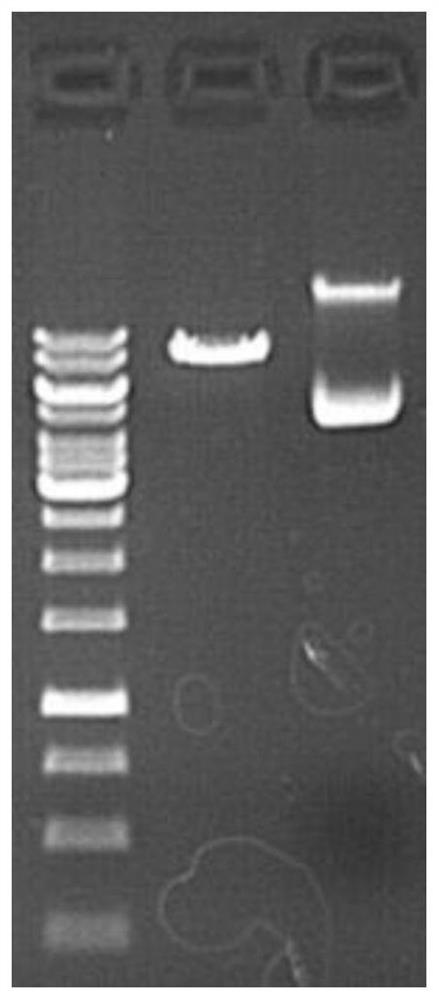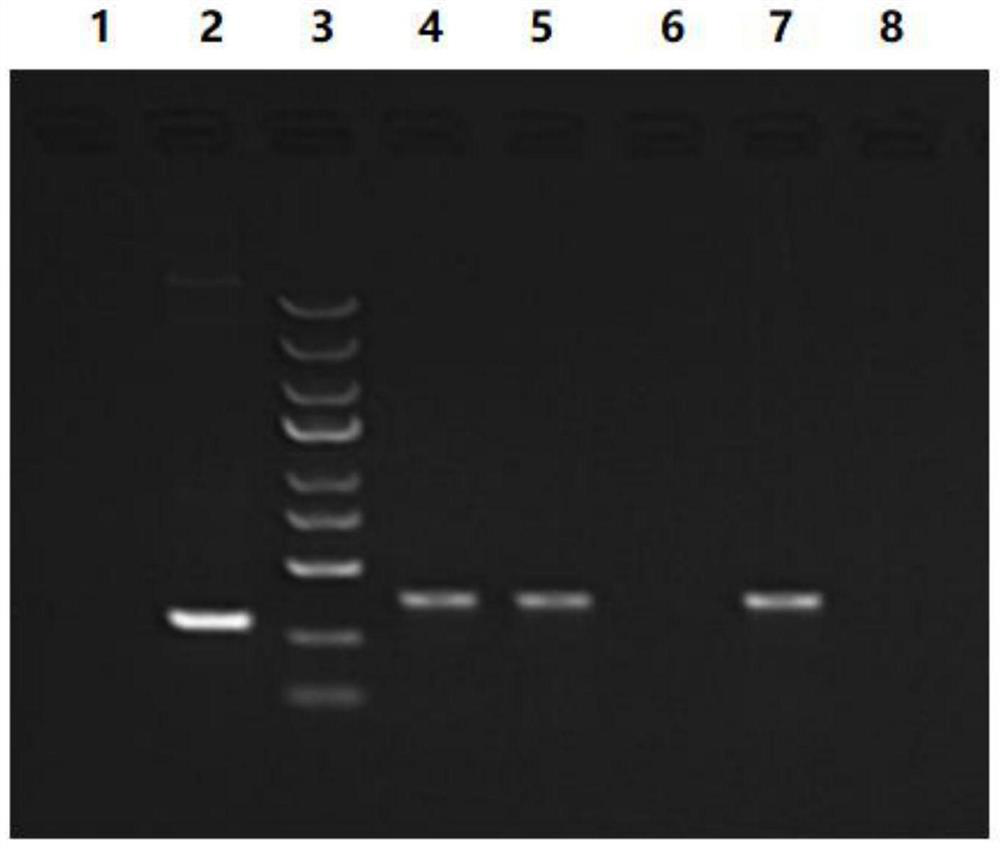ShRNA (short hairpin ribonucleic acid) for knocking down PXYLP1 gene expression, lentiviral vector as well as construction method and application of lentiviral vector
A lentiviral vector and gene expression technology, applied in the field of short hairpin RNA-mediated knockdown of tongue squamous cell carcinoma PXYLP1, can solve the problems of poor selectivity, low targeting, and large side effects of chemotherapy drugs, and achieve auxiliary diagnosis and promote Apoptotic effect
- Summary
- Abstract
- Description
- Claims
- Application Information
AI Technical Summary
Problems solved by technology
Method used
Image
Examples
Embodiment Construction
[0043] The inventive method of the present invention is described and illustrated in detail below in conjunction with specific examples. Its content is an explanation of the present invention rather than limiting the protection scope of the present invention.
[0044]Our research found that designing the interference target sequence for the PXYLP1 gene, packaging and constructing lentivirus, and knocking down the PXYLP1 gene will significantly affect the proliferation of tongue squamous cell carcinoma cells CAL-27 cells and SCC-25 cells, and affect the growth and formation of cells. ability, and promote cell apoptosis, and was verified by in vivo experiments. It shows that the gene may regulate the occurrence and development of tumors, and may become a potential therapeutic target for tongue squamous cell carcinoma.
[0045] (1) Experimental method
[0046] 1. Gene information
[0047] The online resource TCGA database (http: / / ualcan.path.uab.edu / ) was used to generate diff...
PUM
 Login to View More
Login to View More Abstract
Description
Claims
Application Information
 Login to View More
Login to View More - R&D
- Intellectual Property
- Life Sciences
- Materials
- Tech Scout
- Unparalleled Data Quality
- Higher Quality Content
- 60% Fewer Hallucinations
Browse by: Latest US Patents, China's latest patents, Technical Efficacy Thesaurus, Application Domain, Technology Topic, Popular Technical Reports.
© 2025 PatSnap. All rights reserved.Legal|Privacy policy|Modern Slavery Act Transparency Statement|Sitemap|About US| Contact US: help@patsnap.com



